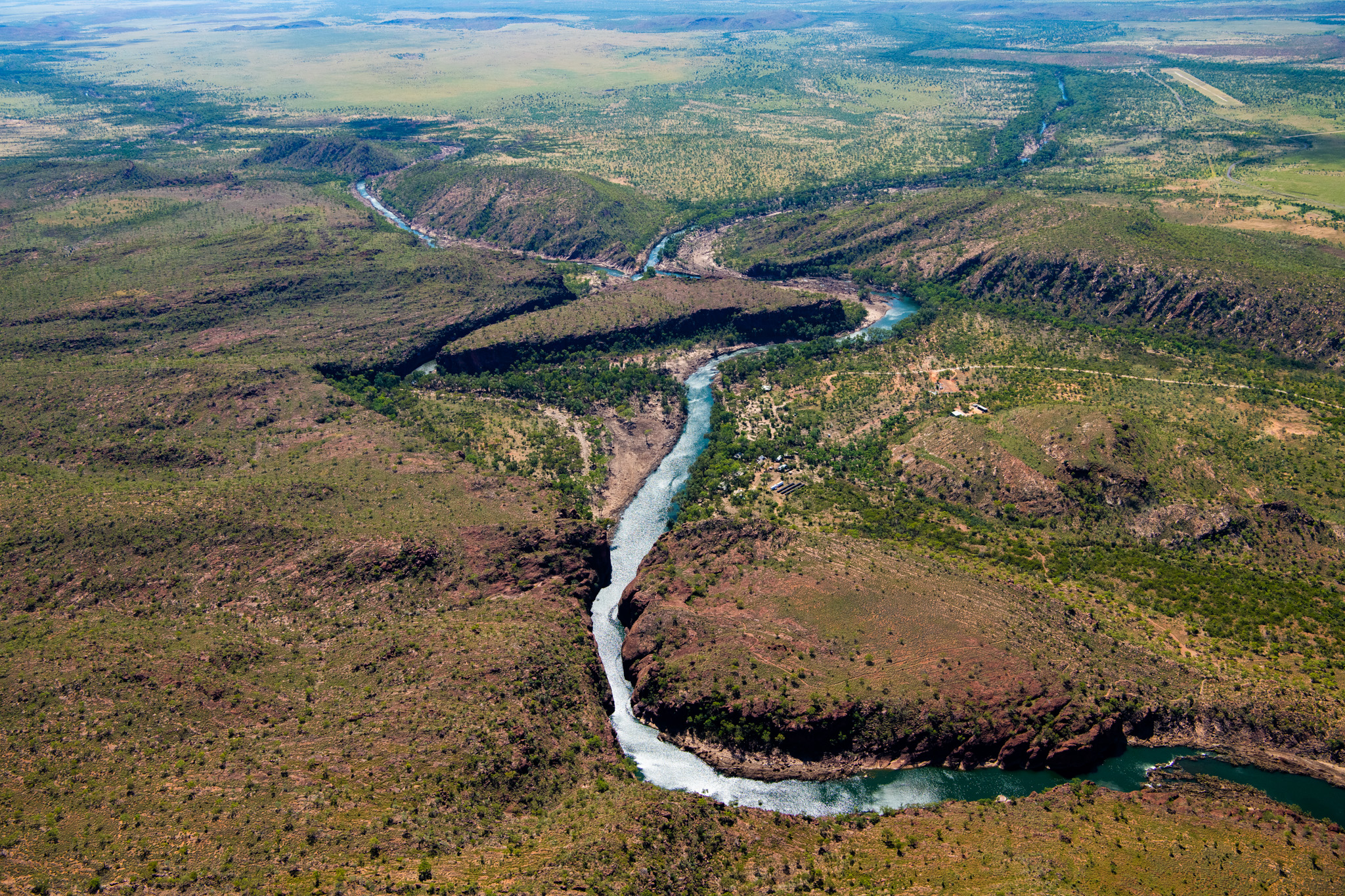|
|
RiverineRiverine wetlands are all wetlands and deepwater habitats within a channel. The channels can be naturally or artificially created, periodically or continuously contain moving water, or connecting two bodies of standing water[1]. Riverine wetlands include rivers, streams, creeks, brooks, rivulets, canals, channels, watercourses and tributaries, and may connect to lacustrine, palustrine, and intertidal and subtidal wetlands[4]. There are many legislative processes associated with rivers, and a range of terms used in practice when managing rivers. The rivers of Queensland have a wide variety of geomorphology, ecology, hydrology and water chemistry and are subject to many different processes. They often connect the land to the sea, extending from headwater streams in upland regions to estuarine coastal sinks, providing water for drinking, cultural purposes, irrigation, recreation and habitat. These rivers also transport water, sediment, nutrients and other chemicals to the Great Barrier Reef and the Gulf of Carpentaria in northern Queensland; Moreton Bay in Southeast Queensland; and to the Murray-Darling Basin in southern Queensland[3]. The text-book example of a river running in a single channel to the sea does not encompass all the variability of rivers in Queensland. There are also endorheic rivers, such as those of the Lake Eyre and Bulloo Basins, that do not flow to the coast. These rivers are closed internal drainage basins which retain the water flowing into them and converge into lakes or swamps that eventually evaporate[3]. In Queensland, rivers may be in one or several channels, there may be no floodplain, an extensive floodplain, or an inset floodplain in a much larger channel. Flow may be intermittent, ephemeral, or perennial with differing contributions from groundwater, throughflow and overland flow. Along their paths the channels may pass through temperate, tropical, or arid climatic regions that are characterised by different vegetation communities. Queensland River Classification SchemeThe Interim Queensland River Classification Scheme uses the biological, physical and chemical characteristics (attributes) to classify riverine environments. The scheme develops a common understanding and language of classification to improve communication and lead to better management outcomes. It provides a structured framework and understanding allowing for the development of typologies, mapping and other management tools. Freshwater Biogeographic ProvincesFreshwater biogeographic regionalisation method delineates freshwater biogeographic regions (or provinces) based on broad patterns in the natural distribution of aquatic fauna. This is a typology based on aquatic fauna attributes, not a broad-based classification scheme such as the Queensland River Classification Scheme. Additional links:Pages under this sectionReferences
Last updated: 3 October 2023 This page should be cited as: Department of Environment, Science and Innovation, Queensland (2023) Riverine, WetlandInfo website, accessed 8 May 2025. Available at: https://wetlandinfo.des.qld.gov.au/wetlands/ecology/aquatic-ecosystems-natural/riverine/ |

 — Department of the Environment, Tourism, Science and Innovation
— Department of the Environment, Tourism, Science and Innovation


